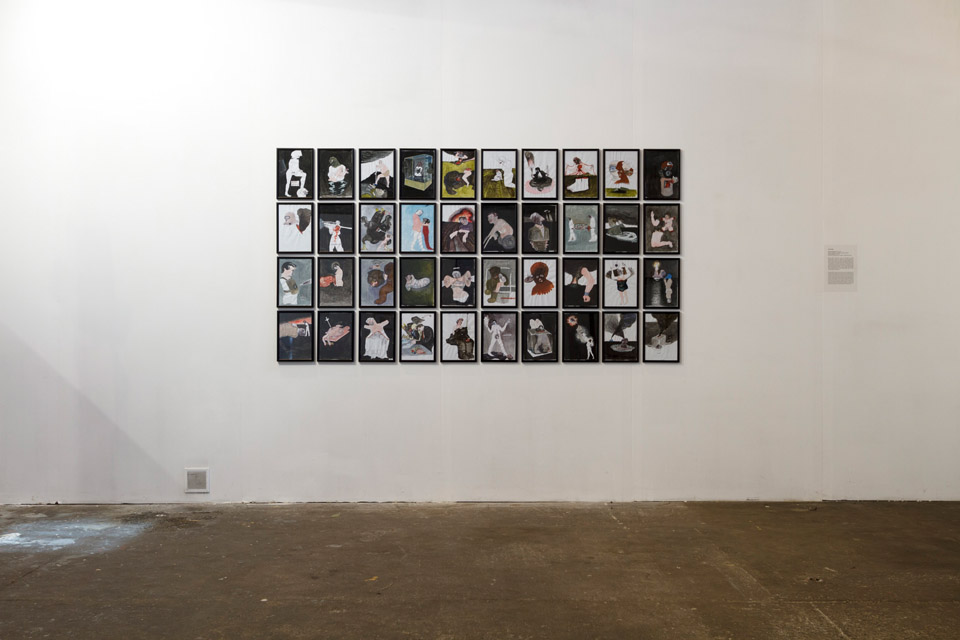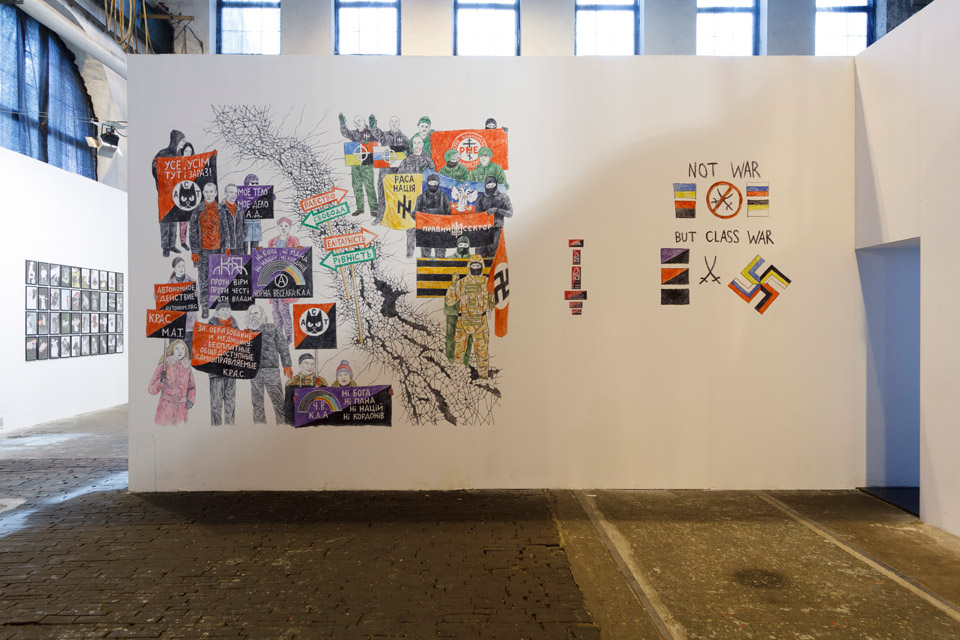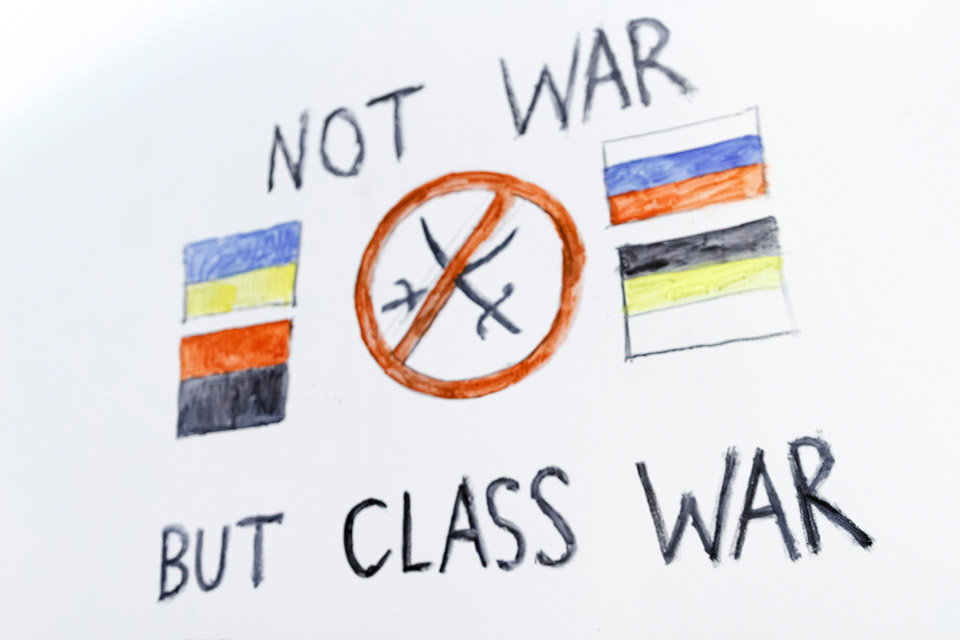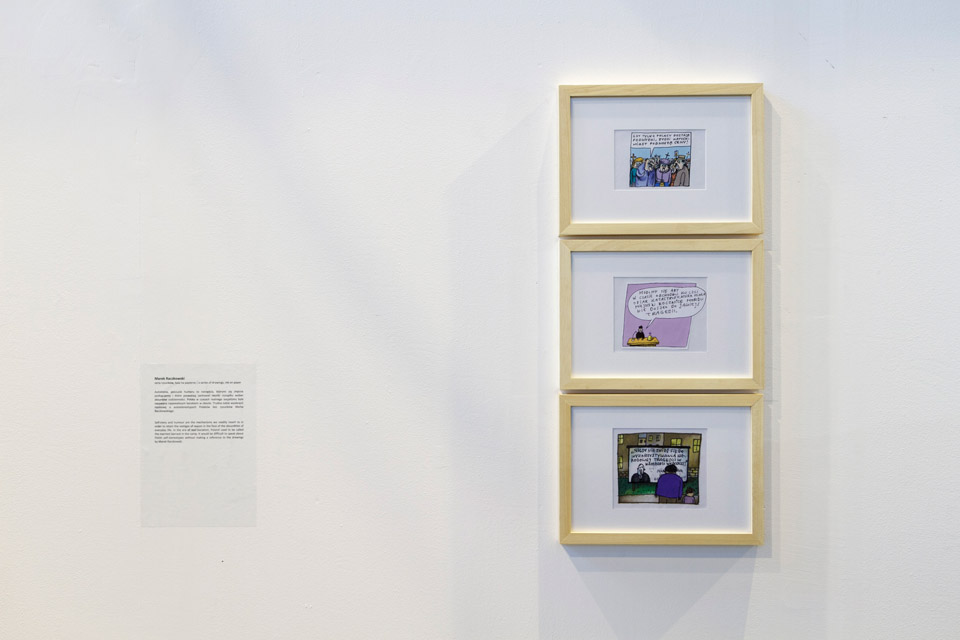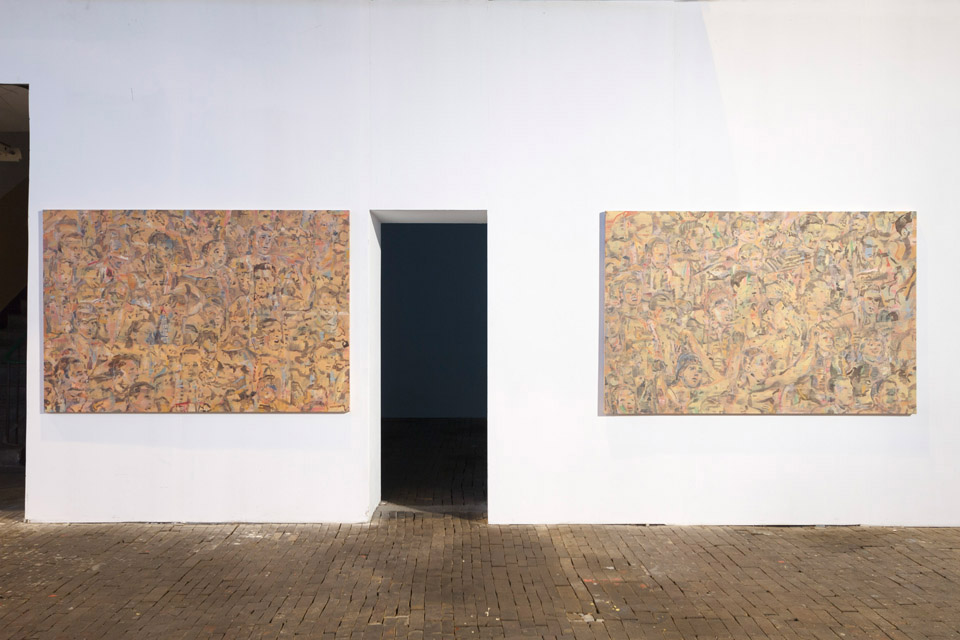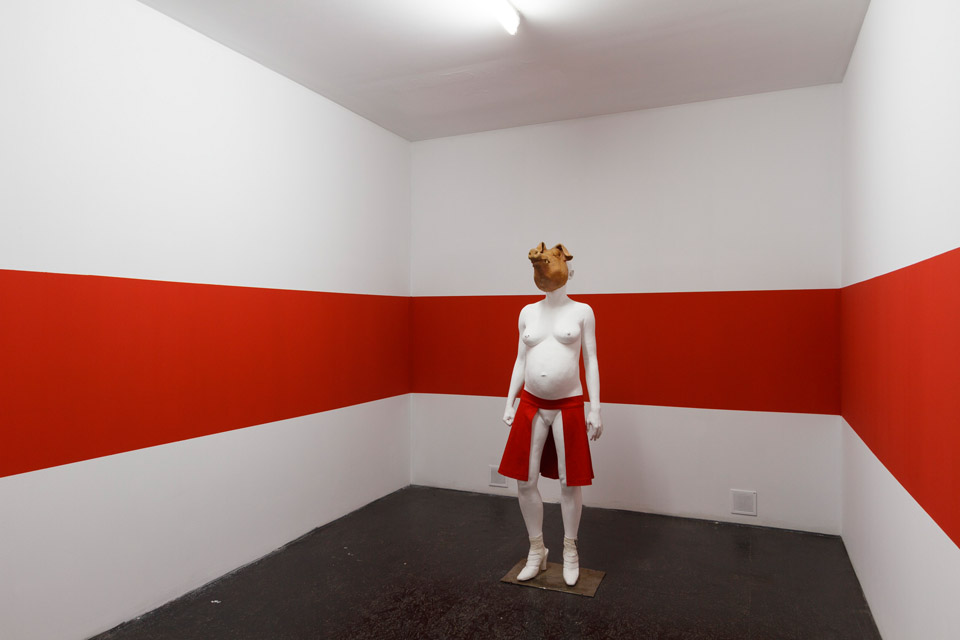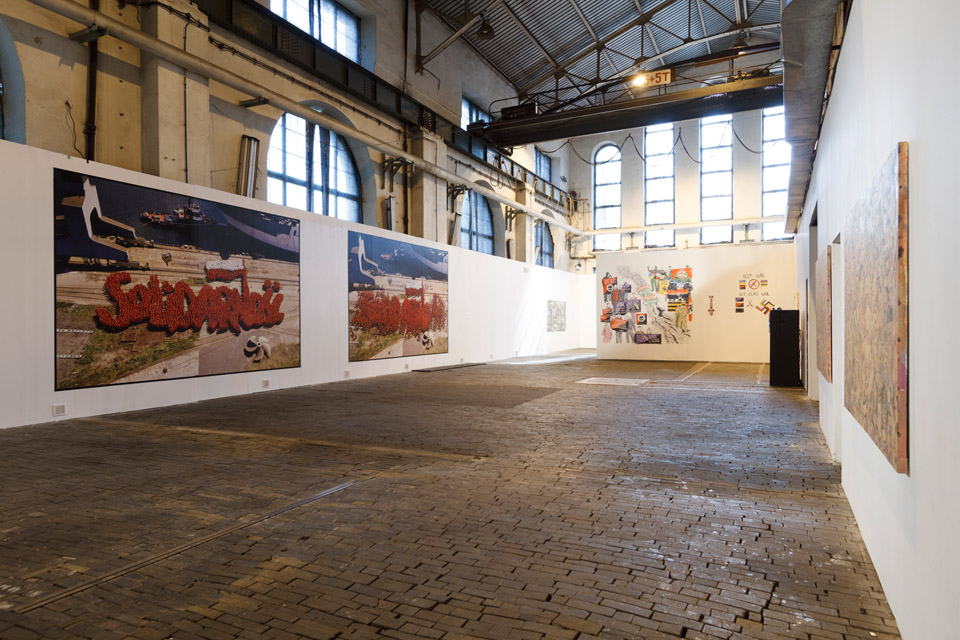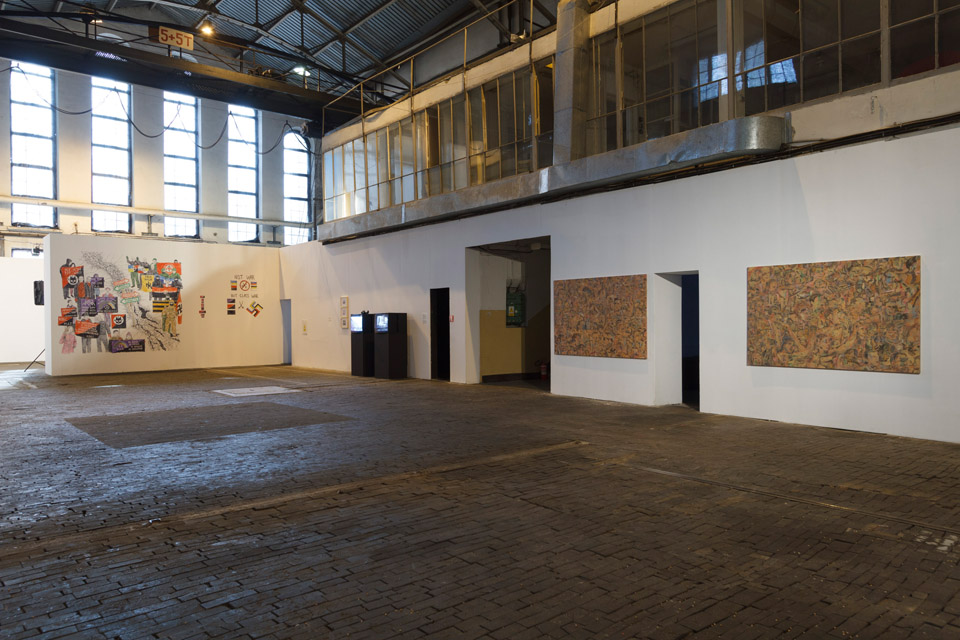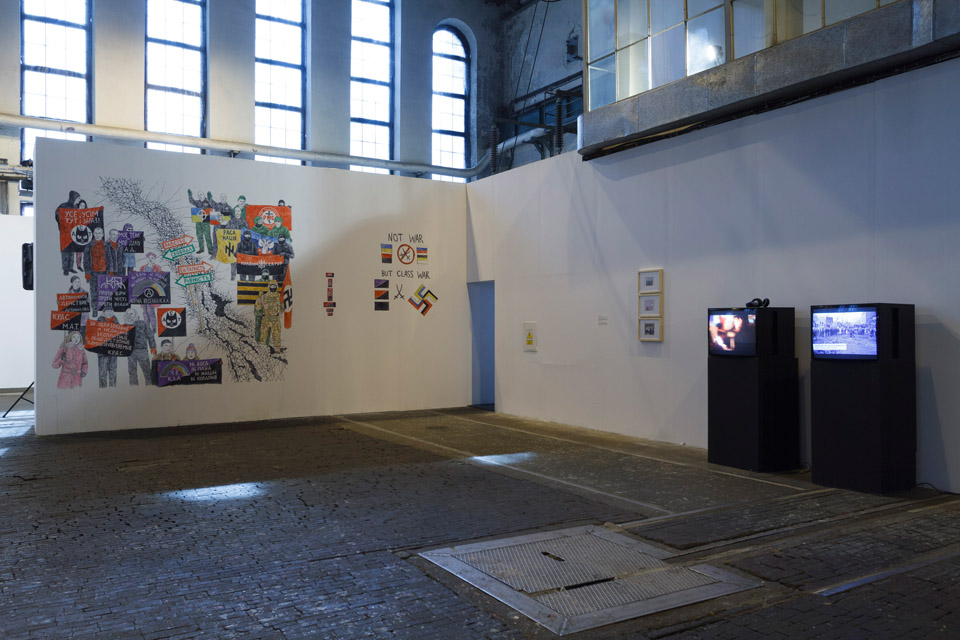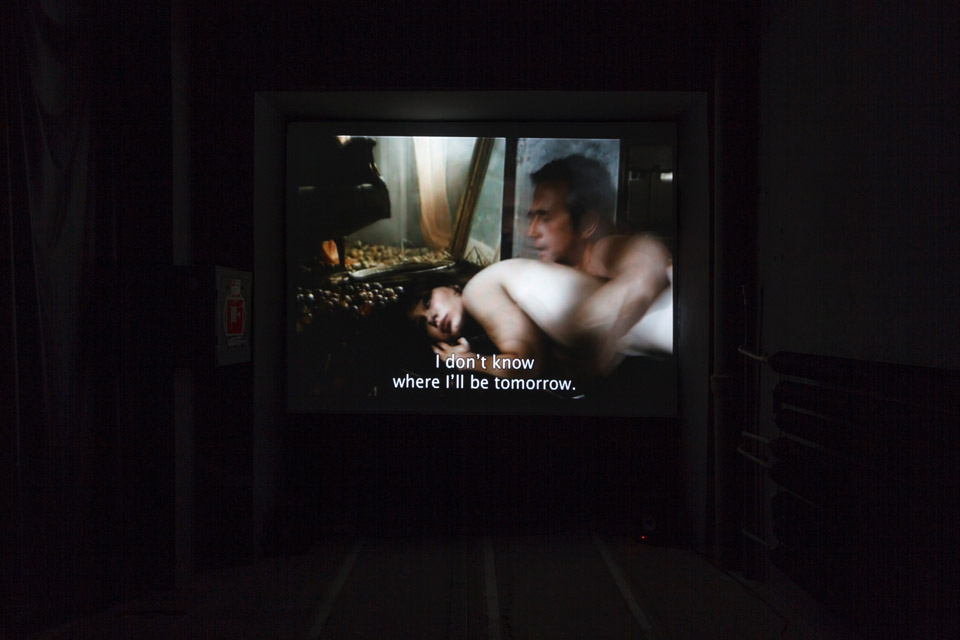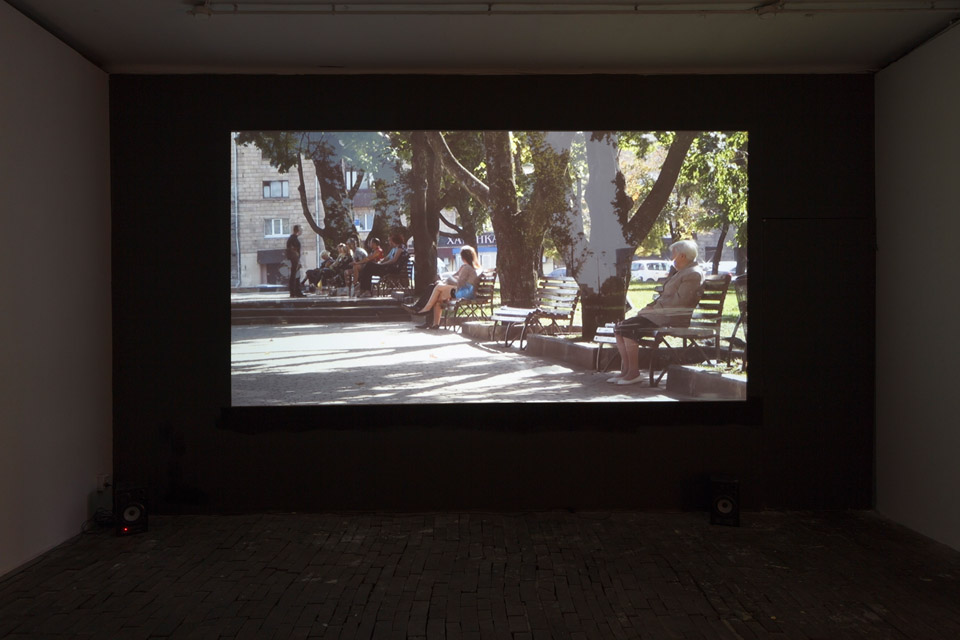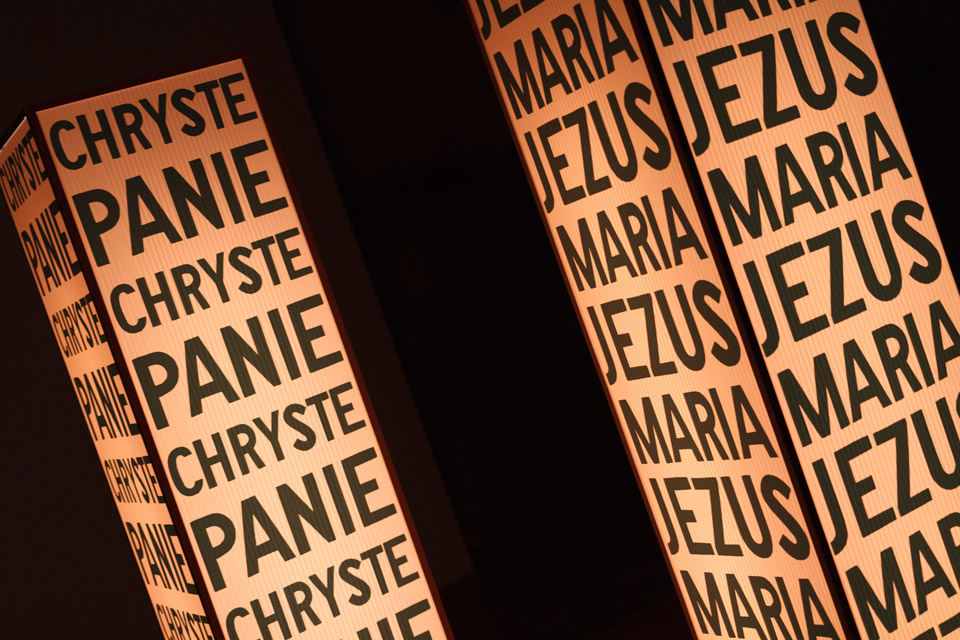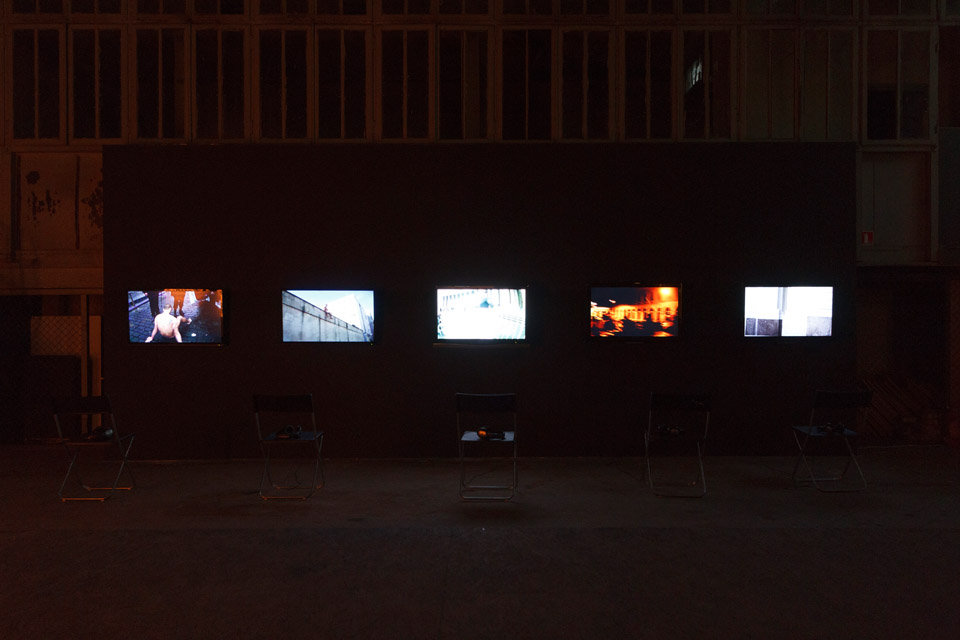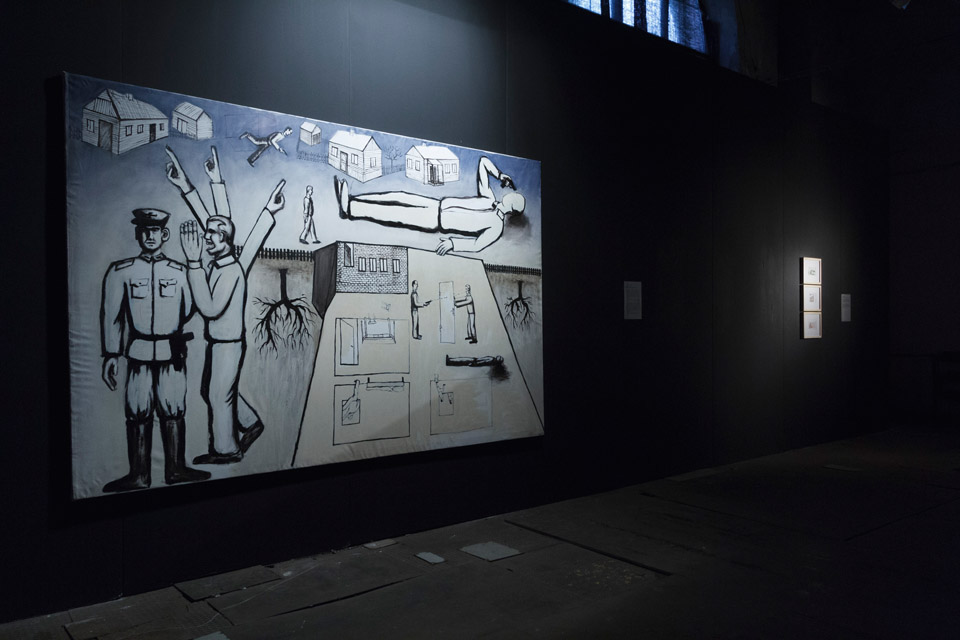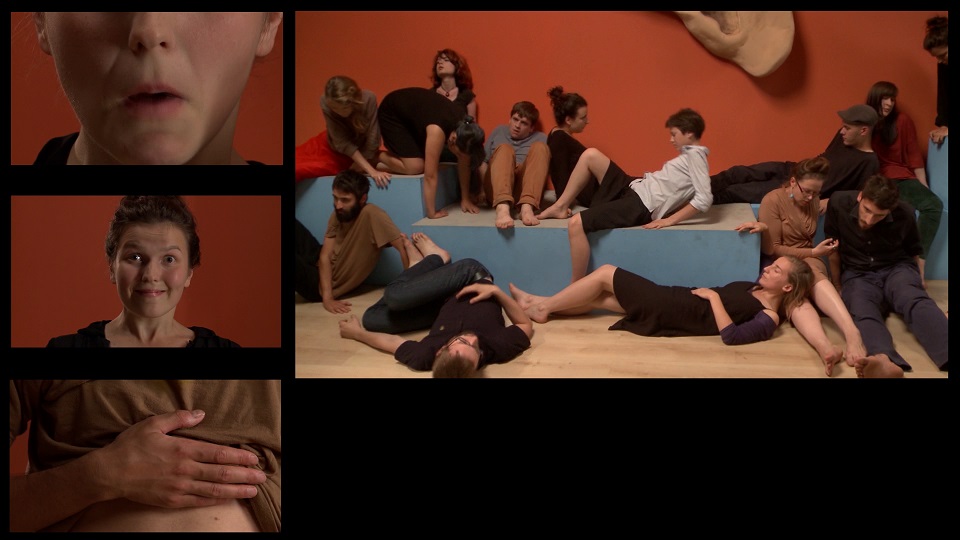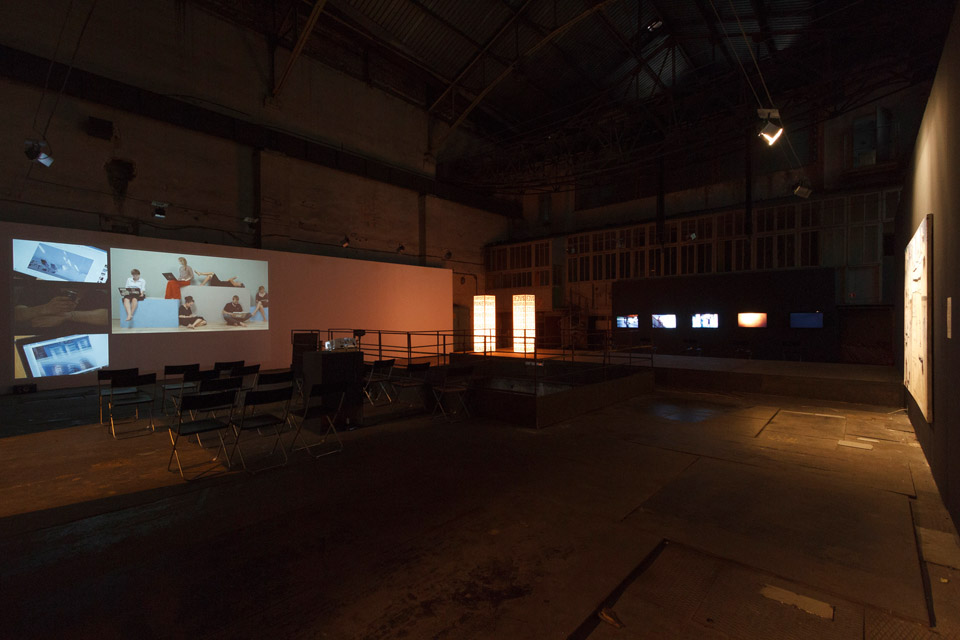Archiwalna
Our National Body (as a part of the Rise of Eastern Culture festival / Another Dimension)
21.08.2015 – 27.09.2015
Galeria Arsenal power station, ul. Elektryczna 13, Białystok
Poland, Ukraine, Russia: the self-image of the nations
Peter Jackson’s film The Hobbit: The Battle of the Five Armies may be viewed as a fabulous re-interpretation of the current realities. The storyline of the next film in the series based on the novels by J.R.R. Tolkienis relatively simple: the evil dragon has been vanquished and the five armies are fighting for its legacy. Yet such are the features of the contesting tribes that is tempting to look for analogies between them and the image of some of the political entities of our own world. The USA, for instance, are certainly like the Elves – a little unconcerned, self-centered, but ultimately willing to enter alliances and aid the least resourceful group. The Hobbits – satiated, ingenious, living in an idyllic, relatively well-organised village, somewhat removed from the world’s concerns and pleased with their prosperity – are the UE residents. The Dwarves, hard-working and belligerent, but in their own way honest, are the Asian states; they are alien and their customs are bizarre, but one can strike a deal with them in the end. The Orc army is the very image of the Other, with whom it is impossible to communicate. The Others are brutal, inhuman,having no subjectivity or (with the exception of their leader)individuality; no-one’s sorry for them. So the Orcs are the Muslim extremists. The Men, weak and in need of help, but with some brave individuals among them, are most probably the Eastern Europeans: the Ukrainians and the Crimean Tatars. The aggressive dragon is Russia/the USSR. Its fall is undisputable.
In a fairytale world conflicts are resolved, but in our world nothing is this simple.
*
Many disquieting phenomena and signals that preceded modern-daywars are in evidence today:the economic crisis, the collapse of international political configurations, the dysfunction of agreed solutions, the alteration of border lines as a result of aggression with the assent of the neighbouring states.
Europe’s reaction to the appropriation of the Crimea and the occupation of Eastern Ukraine by terrorists differs slightly from its reaction to the Anschlussof Austria or the Munich Agreement. This time, the European states declined to become beneficiaries of territorial gains. Military actions were not undertaken, but Russia was subjected to economic sanctions. An impasse. No-one is expecting a quick resolution to the problem of the Russian aggression against Ukraine. The hobbit village grows just as gloomy. The terrorists bother and destabilise Europe. The attack on the headquarters of the Charlie Hebdo journal indicate that images are on the front line again. The airplane with 295 passengers shot down over the Eastern Ukraine caused the hobbits a little more than concern.
*
We wish to invite artists from Poland, Ukraine and Russia to a discussion about the self-image of the states and the nations. How do they perceive their own nations? What image of their states arises from their works? How do they describe the condition of the international community? Artists have the uncanny ability to detect emergent phenomena before they even crystallise. Their ability to observe the world in its various manifestations enables them to be in touch with occurrences, collective emotions and thoughts which impose structure on social life. By watching the actions, reactions and arguments of their fellow citizens, by looking at everything that underlies the declared, debated and demonstrated attitudes, they can discover the obscured or disavowed narratives regarding, for instance, their own countries.
The invitation we extend to artists from Poland, Ukraine and Russia springs from the geographical proximity and shared history of our nations. Our countries were once parts of the same state organisms: the Grand Duchy of Lithuania, the Russian Empire and the Soviet bloc. Also, the perception of distinctiveness has been very strong in all our nations, especially since the 19th century; so was the feeling of a very special tension between us. Debates on national identity are invariably heated ones. It seems that our counties are in the process of revising the hitherto binding models.
The Polish self-image, originally derived from an exceedingly powerful Romantic myth, has been undergoing deconstruction for a long while now. This process has resulted from the need to empower the new players on the Polish national scene: peasants, national minorities – the Jews, Ukrainians, Belarusians, Germans, women, immigrants, gays etc., and from the desire to undermine the biding model of a Pole: a member of the gentry, a Catholic, an insurrectionist, a political dissident. Even the worker Lech Walesa wore the moustache of a gentleman.
In the face of the terrorist aggression against Eastern Ukraine and the appropriation of the Crimea, the Ukrainians increasingly strongly identify themselves with their own state. Yet their identity models, even though founded on elements typical of the period when the nation states were developing in the early 20th century (folk culture, the embroideries, the sharovary trousers), are based not on the ethnic pattern, but on the performative one: whoever feels him- or herself to be Ukrainian and acts in the interests of the state, is Ukrainian. Certainly Ukraine’s past as a part of the USSR, where the rhetoric of cosmopolitism was employed, contributed to the weakening of the Romantic image of the country.
The position of Russia, a state founded on the ruins of the totalitarian empire, is the least obvious. The process of appropriating imperial ideologies from the eras of Catherine II and Stalin requires special narrative endeavours. The tightly rationed freedom of speech does not make answering the question what the Russian self-image is today any easier.
*
Artists do not propose holistic answers to the questions we have posed; they observe those segments of national mythologies and those historical periods which most powerfully shaped the national identities. The image of their own national community is their constant reference point. Our exhibition is not quasi-scientific project; it is an attempt to discover a different type of knowledge about our world. It may not be the binding knowledge, but it certainly affects our perception of the world. After all, it is on the level of perceptions that the world changes first.
translated from Polish: Klaudyna Michałowicz
Accompanying events:
20 August (Thursday), 18.00 – a meeting with Olga Egorova (Tsaplya) i Dmitry Vilensky – members of Chto Delat – one of the most prominent artistic groups in Russia
Arsenal Gallery, 2 A. Mickiewicza St., Bialystok
22 August (Saturday), 11.00 – a guided tour of the exhibition with the exhibition curator and artists;
Arsenal Gallery power station, 13 Elektryczna St., Bialystok
“Our Nationa Body” is an exhibition staged by the Arsenal Gallery in Białystok (Poland) as part of the festival “The Rise of Eastern Culture / Another Dimension 2015”


Artists from Poland: Adam Adach

PLAN YOUR VISIT
Opening times:
Thuesday – Sunday
10:00-18:00
Last admission
to exhibition is at:
17.30

